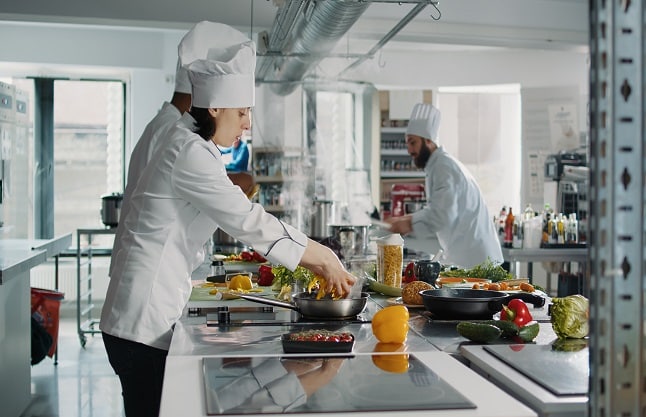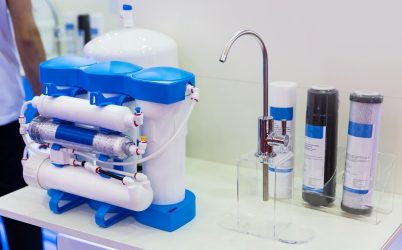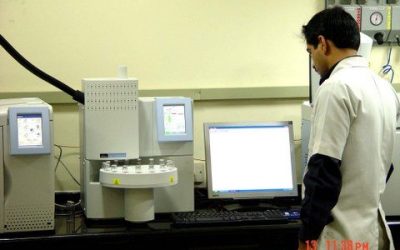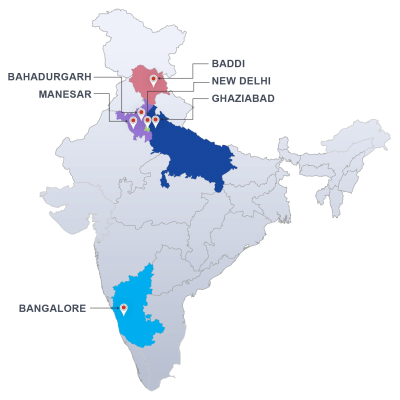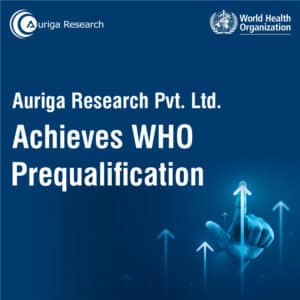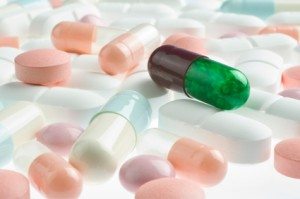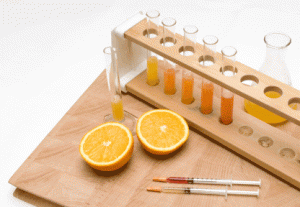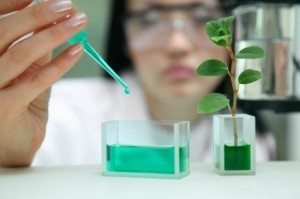
FSSAI has introduced standards for antibiotic testing in honey. As per the latest notification issued by the Apex Regulator, honey would now be subjected to testing to ensure that antibiotics are within permissible limits. FSSAI has made these amendments to the Food Safety and Standards (Contaminants, Toxins, and Residues) Regulations 2011.
These amendments will come into force 60 days after their publication in the Official Gazette. Since the amendments were published on 5th December 2014 it means that all honey produced, packaged or sold in India will now have to follow these standards and get their honey tested according to the new standards.
Maximum residue limits (MRLs) have been established for most foods produced by animals treated with antibiotics in India but there was no MRLs for honey. Now FSSAI has set the standards for honey and honey will be subjected to testing to ensure that it is meeting MRLs for the various antibiotics. If honey is marketed with limits exceeding the permissible limits then the honey can be rejected for sale.
Honey is used as food, as a medicine, and for beauty treatment. Honey has also been used in religious ceremonies in ancient civilizations all over the world as well as in India. Honey is almost the first food that a newborn child is made to taste as it is traditionally believed to be full of goodness. Today, however, the purity of honey cannot be guaranteed as there is a lot of “adulterated honey” in the market. Honey becomes adulterated when it contains additives like corn syrup, sugar syrup, invert sugar, flour, starch, glucose, dextrose, molasses and other products that make honey impure. Antibiotic and pesticide residue found in honey also make it unsafe for human consumption.
Indian honey had been banned from many European countries because it was found to be contaminated with antibiotics, heavy metals and did not have pollen. Honey that does not have pollen makes it impossible to test and to determine if it has come from safe sources or not as pollen is a determinant in authenticating the purity of honey.
For the consumer selecting honey that is genuinely pure becomes difficult as most honey bottles in the market are labeled “pure honey.” Looking at the contents or reading the labels does not guarantee its purity. It just means besides other ingredients like corn syrup there is pure honey in the bottles also, but no one knows what limits. Sometimes the expensive honey like Manuka honey is blended with cheaper honey for financial gains. Even buying honey from a honeycomb does not guarantee that it does not contain antibiotic or pesticide residue. Only testing from a NABL laboratory that is accredited and notified by FSSAI for testing honey can say whether the honey is pure or adulterated.
As a testing laboratory, we are well equipped and have technically qualified personnel that can analyze honey according to national and international standards. We use the latest methods to analyze antibiotic and pesticide residues and carry out pollen count etc. We are here to help you with your honey testing requirements so that the honey your market, produce or import meets the new standards set by FSSAI. Since testing for antibiotics has become mandatory, we provide honey testing services to ensure that you are within the ambit of law and are keeping standards.
FSSAI has specified the list of Antibiotics along with the prescribed tolerance limits in Honey have been defined in the following table when determined by LC-MS/MS method:
| Sr. No. | Name of Antibiotics | Tolerance Limit (Microgram/Kg) |
|---|---|---|
| 1 | Chloramphenicol | 0.3* |
| 2 | Nitrofurans and its metabolites | 0.5* (Either individually or collectively) |
| 3 | Sulphonamides and its metabolites | 5.0* (Either individually or collectively) |
| 4 | Streptomycin | 5.0* |
| 5 | Tetracycline | 5.0* |
| (a) Oxytetracycline | 5.0* | |
| (b) Chlortetracycline | 5.0* | |
| 6 | Ampicillin | 5.0* |
| 7 | Enrofloxacin | 5.0* |
| 8 | Ciprofloxacin | 5.0* |
| 9 | Erythromycin | 5.0* |
| 10 | Tylosin | 5.0* |
| *Limit of Quantification on the basis of LC-MS/MS method". |
Click here for the list all the tests we carry out for honey and other food products that use honey as an ingredient.

